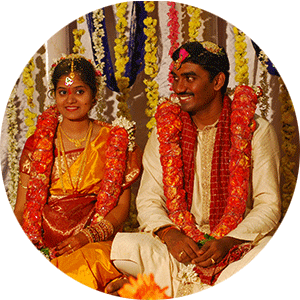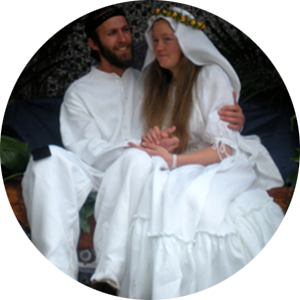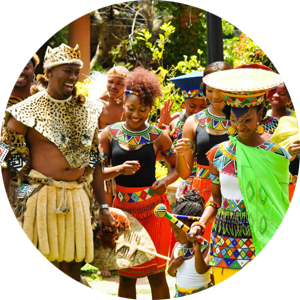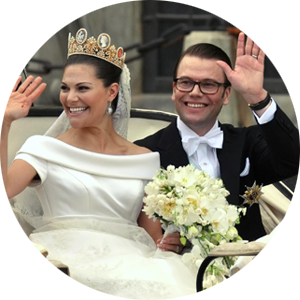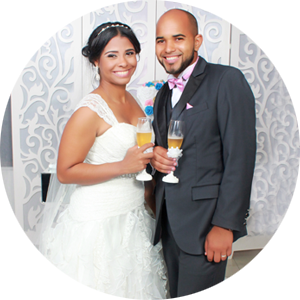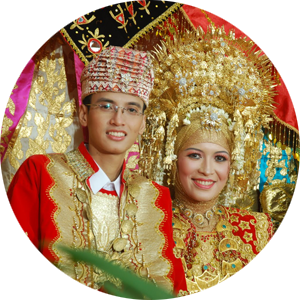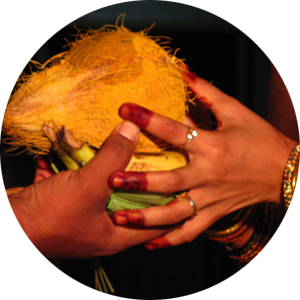Content
Look at the next picture and answer the next questions:
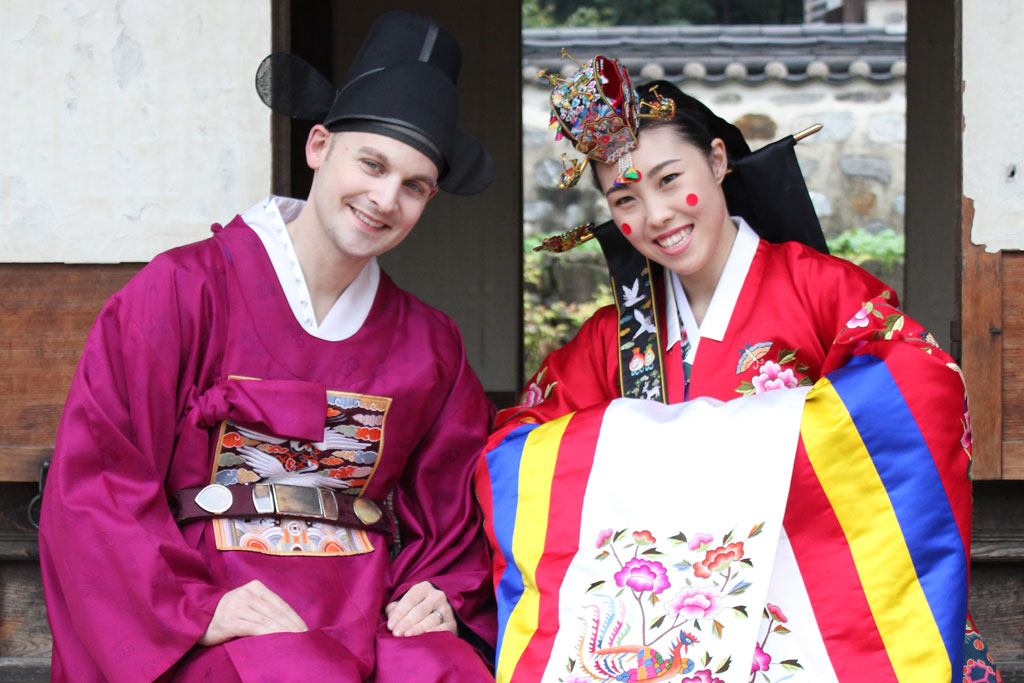
More Weeping (2013) Traditional Korean Wedding [photo] Retrieved on 2017, August 8 from https://www.flickr.com/photos/moreweeping/10555325413/sizes/l
Do you know which culture is shown in the photograph?
Is this wedding ceremony similar to or different from the marriage ceremonies in your country?
Some people marry for love, convenience, and some others marry for family arrangement.
Here is a Traditional Korean Wedding. How much do you know about marriage cultures around the world? Try, answer exercise 1 and test your knowledge! Do you know other reasons why people get married?
Content
As you have seen in the previous picture, there are different ideas behind marriage, depending on the culture. In the following exercise, you will identify some traditions, the countries and cultures they belong to.
Exercise 1
Marriage Customs around the world
Content
How was exercise 1? How much did you know about world marriage traditions?
Awesome! Although modernity is changing many of these customs, the best part, is the idea these traditions are showing us about other cultures.
Now, it is time to go straight to our lesson objective: Simple Present. Did you notice the boldfaced sentences in the quiz? Good to know you did! That’s right! The customs are expressed in the simple present tense because they are referring to events or facts that usually happen.
Simple Present Review
Let’s have a quick review about the different uses of this tense. Check the information below.
Verb TO BE
The verb to be is the most important verb in the English language. It is difficult to use because it is an irregular verb in almost all of its forms. In the simple present tense, the forms are:
- am
- is
- are
Example:
The goal of marriage is to produce sons in some cultures.
In negative and questions you use am, is, are or am not, isn’t, aren’t.
Example:
Getting married for love isn’t allowed by the family.
Is this wedding ceremony different from ceremonies in your culture?
VERBS
In affirmative sentences we form the present tense using the base form of the infinitive (without the TO), e.g.:
Parents use a match maker to find a spouse.
Men and women usually follow their romantic feelings.
In 3rd person (he, she, it) or singular nouns (marriage, having babies, love), you must add and ‘S’, ‘ES’ or ‘IES’ (check spelling rules if you need).
Getting pregnant allows a woman to show fertility.
This group practices polygamy.
In questions and negative, you must use auxiliaries DO or DOES –DON’T, DOESN’T- and the verb in infinitive form. In negative the position is: subject +negative auxiliary + verb in infinitive. In questions, inversion is necessary (auxiliary+ subject+ verb in infinitive). Look at the examples:
Do you know other reasons why people get married?
Parents don’t want their girls to marry just for romantic reasons.
In some cultures, a girl doesn’t decide her partner on her own.
Does the father decide who his girl should marry?
When the subject is he, she, it or singular nouns, you must add does or doesn't between the subject and the verb to make a negative sentence or a question. Notice that in both cases, the letter ‘S’ at the end of the verb disappears because it is included in the auxiliary. The verb doesn’t need it anymore.
The simple present has different functions or ways of using it:
- Repeated Actions:
- Facts or generalizations
- Scheduled events in near future
Simple Present is used to express that an action is repeated or usual. It is to show that an action is a routine, a habit, a hobby or an event that always happens. Also it can show something a person forgets regularly or never does:
People love keeping traditions.
She always forgets names of new acquaintance.
The bus does not pass through your street.
The Present Simple can also show that the speaker believes a fact is true. It is also useful to make generalizations.
Tradition contributes a sense of comfort and belonging
Italians love cooking.
English people do not like travelling to cold places.
Do you eat fish?
Present simple can be used to talk about scheduled events in the near future. This is usually used in time tables, arrival or departure times, but it can be used with other scheduled events, especially if there is a fixed time which is referred to in the sentence.
The wedding ceremony starts at 6:00.
The party begins at 9:00.
The flight for the honeymoon leaves at 7:00 the next day.
Subject- verb agreement
This is very important that you recognize the agreement between the subject and the action so you decide to add ‘s’ or not. Pay special attentions to irregular plurals (people, men, women, teeth, children, data, mice, etc.) or with countable or uncountable nouns, if they are plural or singular.
Spelling rules for the ‘s’
You need to pay attention to the rules to apply the ‘s’ in third person. If you are not sure about it, please check the link above.
Irregular ‘s’ verbs (have/has)
Verbs such as ‘have’ show an irregular form to express the third person:
Have—has
NOT
Haves
Content
Once you have reviewed the simple Present Structure, let’s practise some grammar. Good luck! You can try these exercises as many times as you need it.
Exercise 2
Grammar Practice
Identify the use
As you have seen so far, there are tons of things to learn about culture around the world, when you learn a language you have that possibility, to deem inside how others think about a significant event such marriage.
You also had the opportunity to learn a little bit more about present simple form and its characteristics. Now let’s go and learn more about it through the practice of language skills.
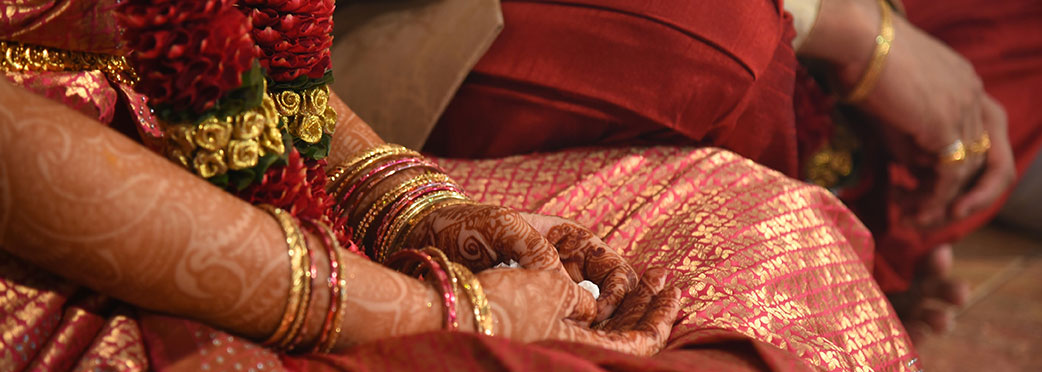
Pujari, V. (2017) Indian wedding [photo] Retrieved on 2017, June 21 from https://pixabay.com/en/indian-wedding-mi-vida-en-la-india-2352277/

